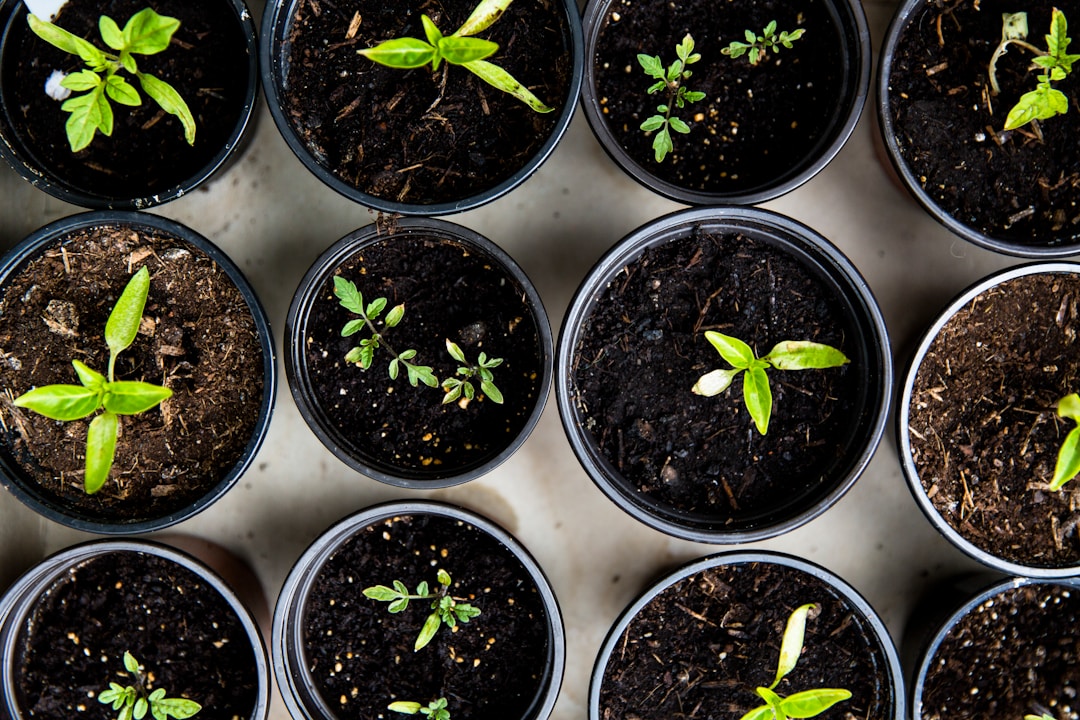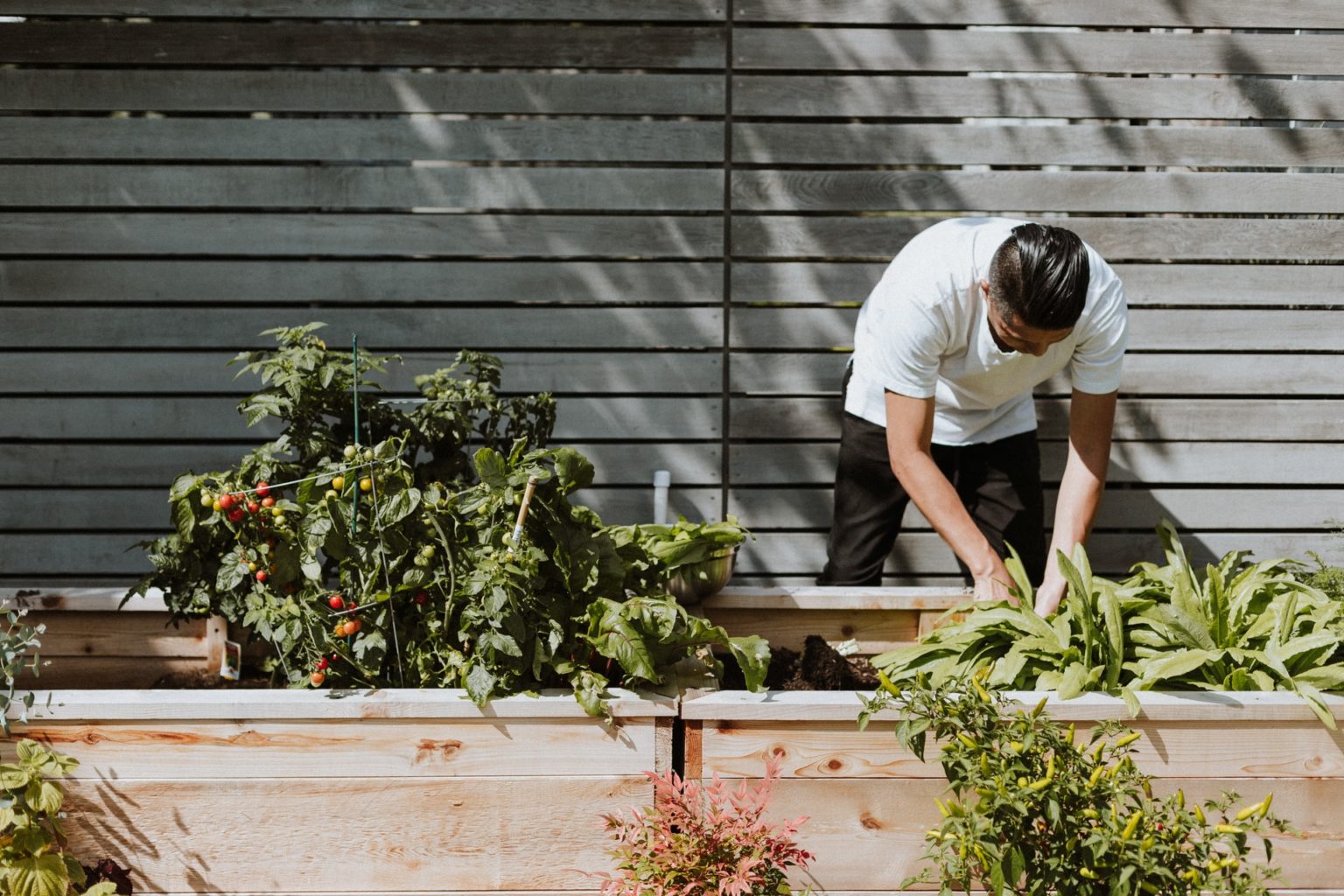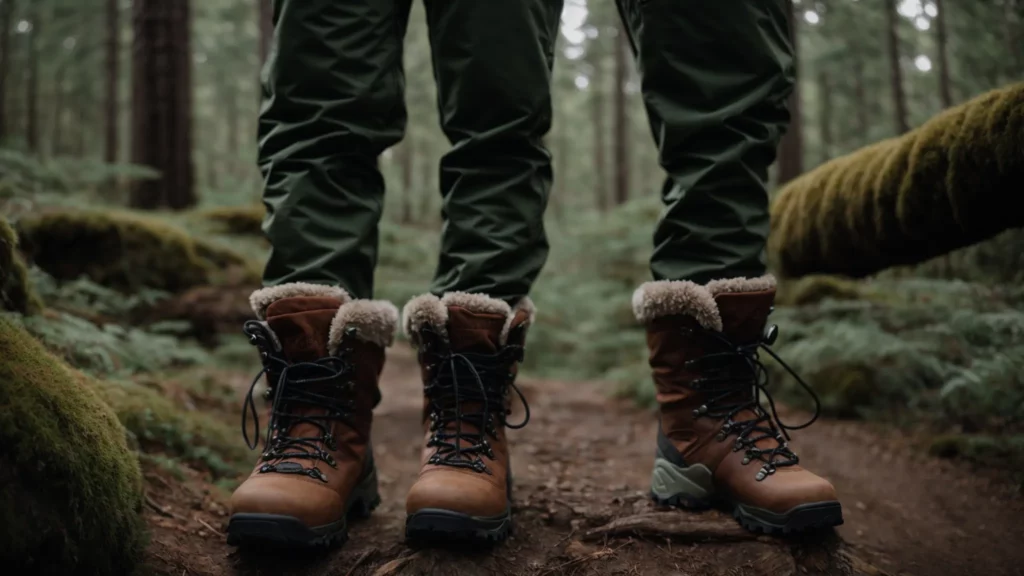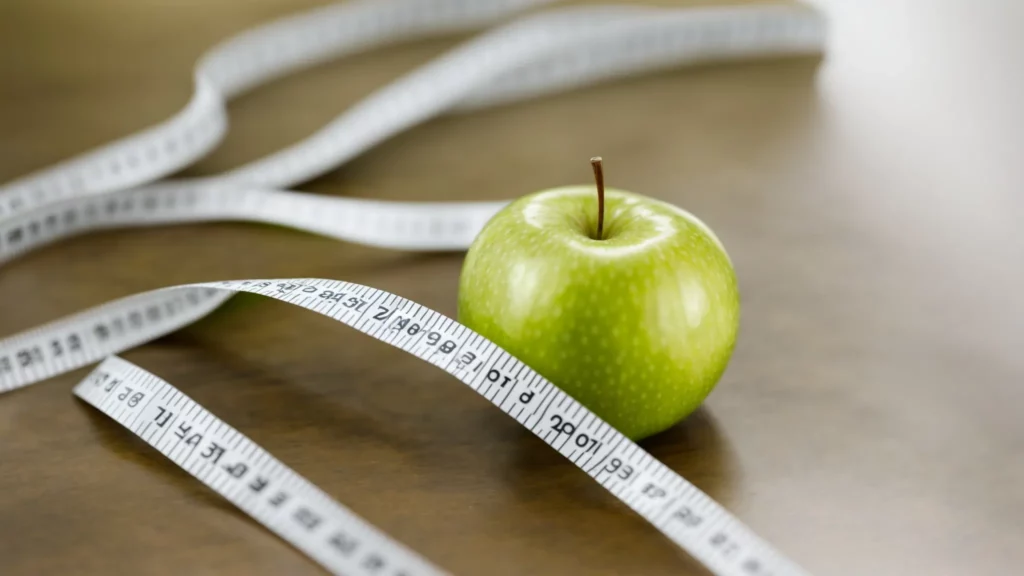Gardening is a time-honored activity that many people across the world participate in. People love going to an outdoor space to spend time planting and growing various vegetables, flowers, fruits, and other plants which can sprout up from a planter box. Gardeners participate in this activity for a variety of reasons. Gardening helps to connect people to nature, it’s good for your physical health, and you can grow nutritious and high-quality materials such as lettuce, tomatoes, and even carrots. Being able to enjoy such aspects of gardening keeps people setting up indoor planters and outdoor spaces in and around their homes.
The numbers show that that gardening is becoming popular amongst many people. One thing to remember, though, is that many of us aren’t born with a green thumb. Though many people make the right choice to begin gardening, we often need help with figuring out how to go about planting. Today we’ll provide some lesser-known tips for gardeners.
1. Light

One of the essential aspects of gardening will be light. Your plants need at least six hours of light each day. If your garden is in a sunny area, purchase those plants which require direct or full sunlight. If the area which you’re growing gets half shade and half sun throughout the day, look at those plants which can thrive in both conditions. If you need to relegate the amount of light your plants receive, you have a few other options.
The first option that you have for light regulation would be an electric light system powered by a power generator servicing machine. It’s best to use a generator service like this for larger gardening spaces so that you can maximize the amount of light you have, and so that you have a standby generator if your electricity goes out for any reason. With a lighting system powered by natural gas or a gasoline-powered generator, you can adjust how much light your plants will get. The other way to regulate light usage in your garden is by utilizing light obstructing structures such as trees, buildings, and fences. Building your garden around outdoor areas like this can help you to balance out how light your plants receive.
2. Consumable Plants
When you’re starting out as a gardener, you might want to keep things simple. Since you’re still learning the ropes of gardening, focus on just one type of item for growing. Most planting experts will suggest that you focus on growing plants that you can consume. This can include vegetables like cucumbers, broccoli, tomatoes, and carrots.
Start your quest for growing consumable plants by visiting such plant retailers as Pots Planters and More (https://potsplantersandmore.com/). You’ll want to stock up on planting tools like planter boxes, fiberglass planters for your outdoor greenery, and pots with properly sized drainage holes. Once you’ve grown your staple of planting tools, you’ll be that much closer to growing healthy plants.
3. Soil Health

If you ensure that you have the proper soil in your planters, you’ll receive a better yield when it comes to successfully growing plants. The soil will be what you need, not dirt. Soil should be filled with high-quality, well-balanced organic elements like rich nutritional components, such as nitrogen and calcium. Find the highest quality of the soil available at places like local greeneries and garden centers.
4. Plant Space
Just like some people don’t like being crowded around one another, plants feel the same way also. Plants do better with having space between each other, rather than overcrowding them. When first planting your flowers or vegetables in a planter box or a fiberglass planter, think ahead to what their size will be when they fully grow. This will give you a better idea of where each of these plants should be placed, so as to prevent overcrowding.
5. Journal

Keeping track of your first experience with planting in a journal is a good idea. First, this will allow you to keep track of your failures. This can help you to learn from your mistakes as a first-time gardener, and to grow from them. Lastly, when you are successful with your planting efforts, make note of it. You can see what worked when following a particular gardening method. In addition to this, being able to pat yourself on the back for a job well done helps to build confidence.









